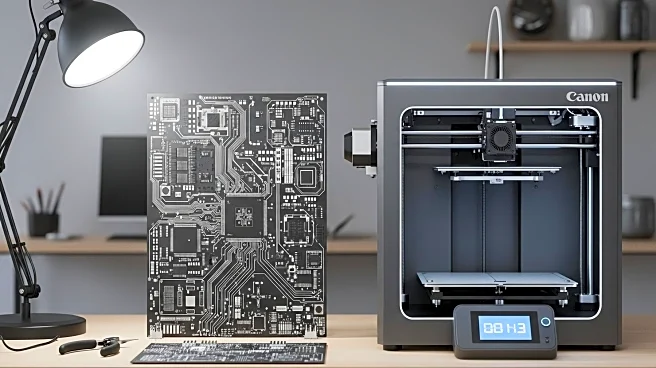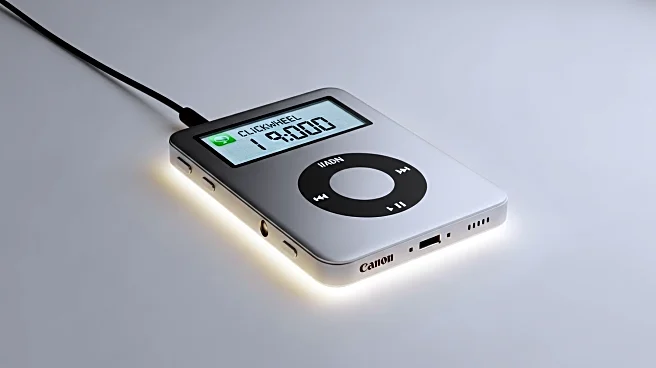What is the story about?
What's Happening?
FreeCAD, a popular open-source CAD software, has released its version 1.0, addressing significant issues such as the 'topological naming problem' and improving stability. The software is being used by DIY enthusiasts to design cases for PCBs, with recent tutorials focusing on creating a case using the Part and Sketcher workbenches. The process involves drawing sketches, extruding them into 3D models, and using tools like 'Create external geometry' to align components. The tutorial emphasizes the importance of using keybinds for efficient design and suggests sharing designs on platforms like GitHub to foster a collaborative environment.
Why It's Important?
The improvements in FreeCAD make it more accessible and reliable for hobbyists and professionals alike, potentially increasing its adoption in the DIY and maker communities. By addressing long-standing issues, the software can better support complex projects, encouraging innovation and creativity. The emphasis on sharing designs can lead to a more collaborative and resource-rich environment, reducing the need to 'reinvent the wheel' and allowing for more rapid prototyping and development.
What's Next?
As FreeCAD continues to evolve, users can expect further enhancements that will streamline the design process. The community is likely to grow, with more users contributing to and benefiting from shared resources. This could lead to a broader range of projects and applications, from simple DIY tasks to more complex engineering challenges.
Beyond the Headlines
The open-source nature of FreeCAD aligns with broader trends towards open innovation and collaboration in technology. This approach not only democratizes access to powerful design tools but also fosters a culture of sharing and continuous improvement, which can have far-reaching implications for education, industry, and personal projects.
AI Generated Content
Do you find this article useful?














